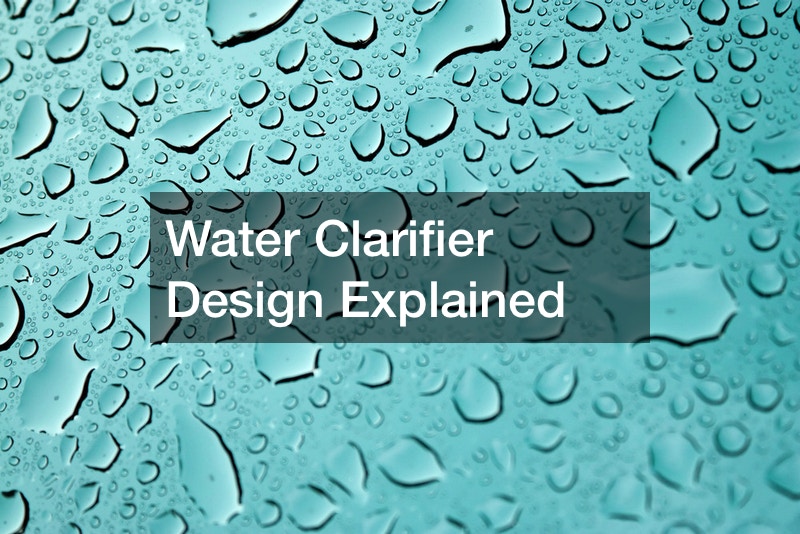Water Clarifier Design Explained

A water clarifier is used to separate solid particles from water. Separating these particles allows for the water to become purified and clarified. Water clarifiers can be found in water treatment plants, power generation, oil and gas, paper industries, etc.
What is the design of a water clarifier like?
According to the narrator in the video, wastewater enters a water clarifier via a centrally located pipe. Inside the clarifier, the solid particles settle at the bottom of the tank. The tank usually has a scraper mechanism with arms that rotate slowly to remove the solid particles inside. Next, the solid particles can be recycled as RAS (recycled activated sludge) or discarded as WAS (wasted activated sludge).
Some tanks, such as lamella clarifiers or tube settlers, have additional channels to remove solid particles. In such tanks, coagulants can be added to the wastewater before it enters the clarifier to make clarification easier on the tank.
Next, a skimmer removes other substances like fats, grease, and oils on the water’s surface. At this point, in a properly functioning water clarifier, the clarified water looks clean. Finally, the clarified water is released via overflow dykes at the top of the tank.

